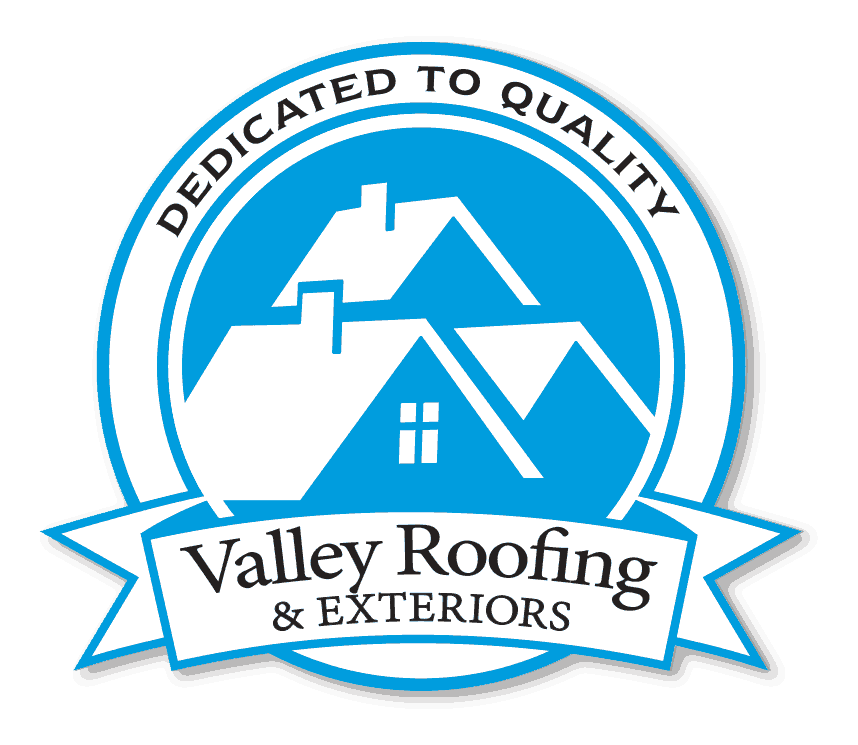Roof maintenance and construction are necessary, but roofing is also one of the most dangerous jobs. Many risks come with working at heights, being outside in all kinds of weather, and moving big things around. As people become more aware of and use safety measures, keeping people from falls, slips, and other possible dangers has become critical. However, accidents can be avoided if people get the right training and tools and follow safety rules. In this detailed guide, we’ll look at the best practices and safety rules for roofs to protect workers and lower the risk of accidents.
What is Roof Safety?
Roof safety is a set of safety and prevention steps for working on or fixing roofs. When working on a roof, you should be careful not to hurt or damage the building.
In the construction industry, falls are the leading cause of death, and as a result, workers who perform roof work are put in danger of falling. The Occupational Safety and Health Administration (OSHA) says that 34% of all fall deaths happen when people fall from buildings.
The Five Most Common Roof Safety Dangers
To keep roofers, builders, and helpers from getting hurt or killed, it’s essential to know what risks are when working on roofs and take critical safety steps to control them. The following is a list of the most common hazards that can be found on rooftops and should be identified and controlled to ensure the safety of roofers:
1. Fall Risks
Never work at a height without being aware of the risks of falling, and make sure you have the right equipment and fall protection gear on before you start. The first thing you and your team should do is ask yourselves: Is the building strong enough to hold the weight? Should I watch out for holes? Are there guardrails for the workers? Are the stairs in the right place and not broken? When working at heights, use an inspection plan to make sure you ask the right questions and look at the risks of falling.
2. Power Tools
Power tools are necessary when working on roofs. However, if they are misused at heights, they can seriously hurt workers and cause them to slip and fall. Make sure that your team knows how to use power tools correctly and that the tools themselves are in good shape.
3. Electricity
The construction industry is the most vulnerable to electrical hazards; 52% of all electrical deaths in the US workplace happen there. People who work on buildings or near power lines are most likely to be hurt by electrical dangers. Electrical shocks, burns, fires, and even death can happen if you don’t handle electrical tools properly. Regularly check the electrical system to find and fix any problems that could lead to an accident.
4. High Temperatures
Workers need to be protected from the dangers of high temperatures, like the heat from torches used for roofs or the current weather. This can be done by figuring out what risks the tools or weather pose. Before your shift, have a kit talk with your team to decide if you should start working for the day.
5. Dangerous Chemicals
When working on roofs, asbestos, paint fumes, and dangerous chemicals are all common dangers that workers must face. Check the site for substances that could hurt workers and do what needs to be done, such as safely storing and dealing with dangerous substances.
Best Practices and Safety Rules for Roofs
These are the best practices and guidelines for roof safety:
1. OSHA Roof Safety Rules
Keeping workers safe on the roof is an important part of building work, and it is regulated by OSHA rules. These rules are necessary to prevent accidents and deaths at work.
Keeping up with the latest OSHA roof safety rules is essential for keeping the workplace safe. This includes getting regular training on using personal protective equipment, doing safety checks to find possible dangers, and making a fall protection plan unique to each job site. Employers and workers can ensure that a safety and compliance culture is always kept by knowing and following these rules.
2. Use of Personal Protective Equipment (PPE)
A roof safety standard that can’t be broken is the full use of PPE. A roof safety strap is an integral part of this gear because it gives workers at dangerous heights a way to stay alive.
Following the rules for PPE, like using roof safety gear, is not only in line with OSHA rules but also the last line of defence against falls, which are the main reason people die on the job. Employers can significantly reduce the risks of roofing work by giving workers the proper PPE and ensuring they know how to use it properly through regular training and close supervision.
3. Proper Equipment Selection and Maintenance
Picking out and maintaining the right roof safety gear is essential for ensuring that workers on all roofing jobs stay safe. From fall protection belts to ladders and anchorage systems, every piece of gear must be carefully chosen to work with the type of roof and the job.
Regular maintenance checks ensure that all safety gear stays in great shape and is ready to protect workers from the risks associated with roofing. A safety precautionary list should include checking ladders’ stability and integrity, ensuring that roof safety straps are in good shape, and ensuring that anchoring points are secure.
4. Fall Protection Measures
A crucial part of roof safety is implementing complete fall protection measures. An entire safety system with guardrails, safety nets, and personal fall-stop systems keeps workers safe by adding different types of fall protection on top of each other.
Guardrails are a physical barrier that stops people from falling. Safety netting is a second line of defense against falls, and personal fall arrest systems are the last line of defense to stop a fall in process safely. These steps make workers much safer by ensuring that if one system fails, another is ready to prevent a disaster. It is essential to get regular training on properly setting up and using correctly setting up and using this equipment. This will help keep everyone on the roofing job site safe and alert.
5. Proper Training and Education Matter
Getting the proper training and knowledge is the most essential thing that can be done to keep roofers safe. Formal education on safety rules and hands-on training on the job are parts of thorough training that ensure workers know the most up-to-date safety rules. OSHA roof safety guidelines, safety workshops, and internet lessons that focus on the details of roof safety are all things that can help people keep learning.
6. Climate knowledge and adaptation
Workers need to be able to recognise and deal with weather-related dangers, such as wet and slippery areas or materials that break easily in very cold weather. Some safe roofing tips are to keep an eye on weather reports, have emergency plans ready for rapid changes, and use materials that won’t rust in wet places.
7. Strategies for Effective Communication
A danger communication plan is a crucial safety net that keeps everyone on the team on the same page, especially in high-risk situations. Using technology like real-time messaging apps and roofing-specific software makes it possible to get fast updates and alerts necessary for keeping track of chores and acting quickly in situations.
Guidelines for Preventing Accidents
- Secure the work area before starting any work on a roof to keep people from getting in without permission and to lower the risk of accidents. We’ll advise you on putting up warning signs and securing the boundaries.
- For safety reasons, it is very important to ensure people can safely get to and from the roof to avoid falls and accidents. We’ll discuss the importance of using safe ladders, scaffolding, and entry hatches and keeping the paths clear of trash.
- Roofing supplies should be stored and managed safely to avoid injuries and damage. The rules for safely keeping, moving, and lifting roofing supplies on the job site will be laid out.
- Workers must watch the weather to stay safe on the roof. We will discuss how important it is to know what the weather will be like and have plans for when to stop work because of bad weather.
- Even with all the care, mistakes can still happen. Accidents and injuries can be less harmful if an emergency action plan is ready. We’ll show you how to make an emergency action plan and ensure your workers know what to do in an emergency.
Final Thoughts
Many risks can occur when working on roofs, and if mishandled, they can cause accidents and injuries. Roofing companies can make the workplace safer for their workers by knowing the risks, using best practices, and following safety rules. If we prioritize safety in the roofing industry, accidents can be avoided, lives can be saved, and roofing projects can be successful for many years.



